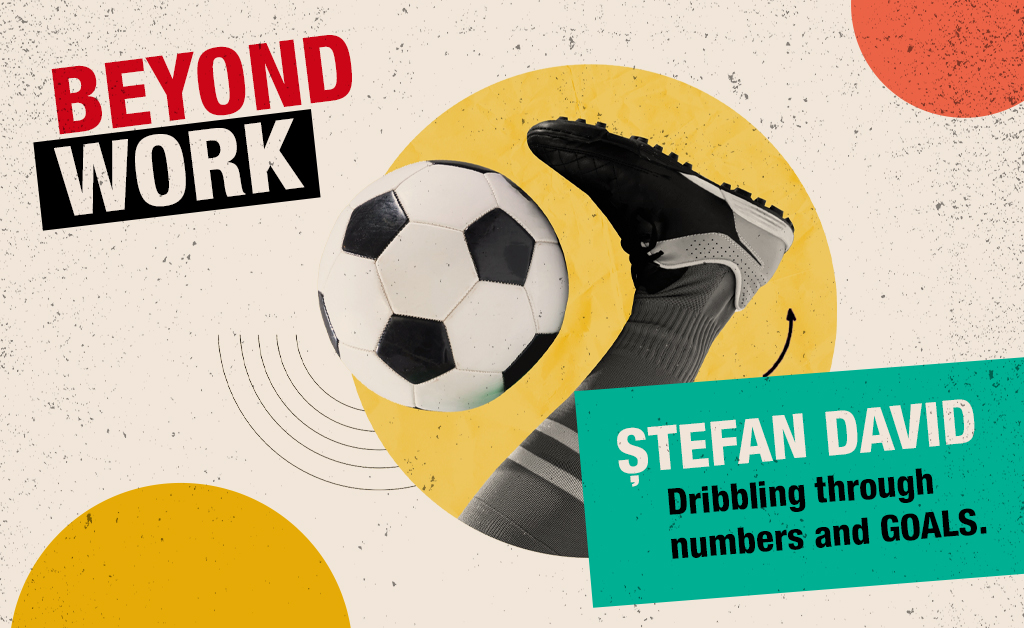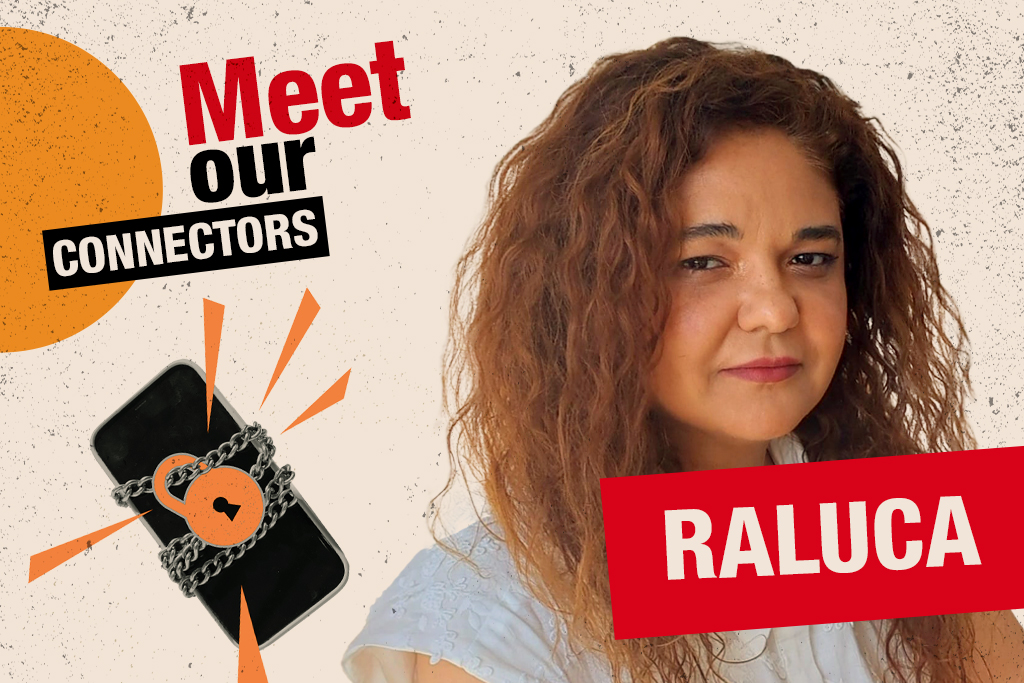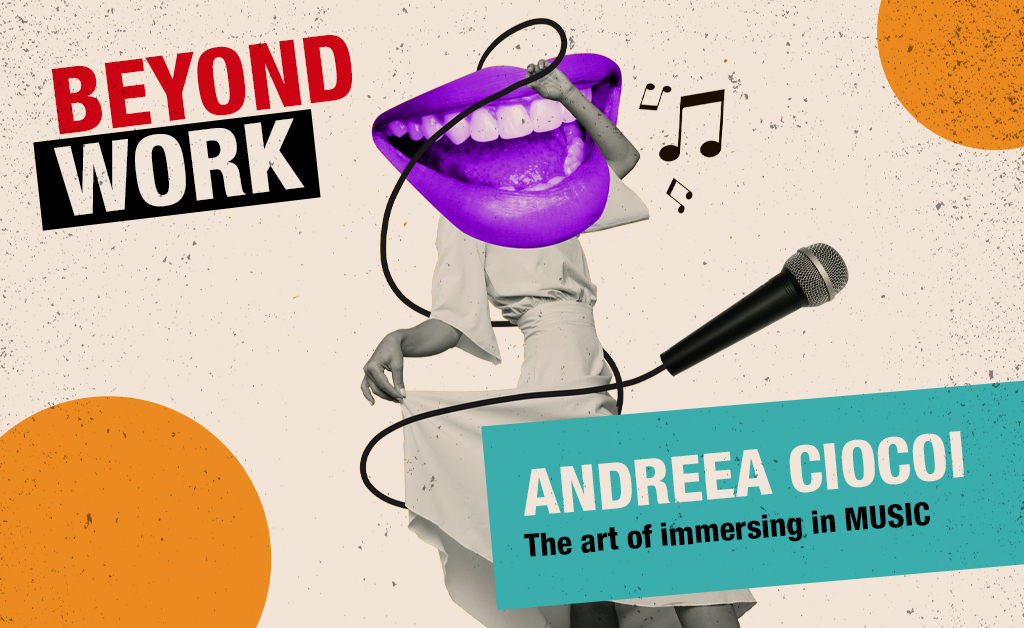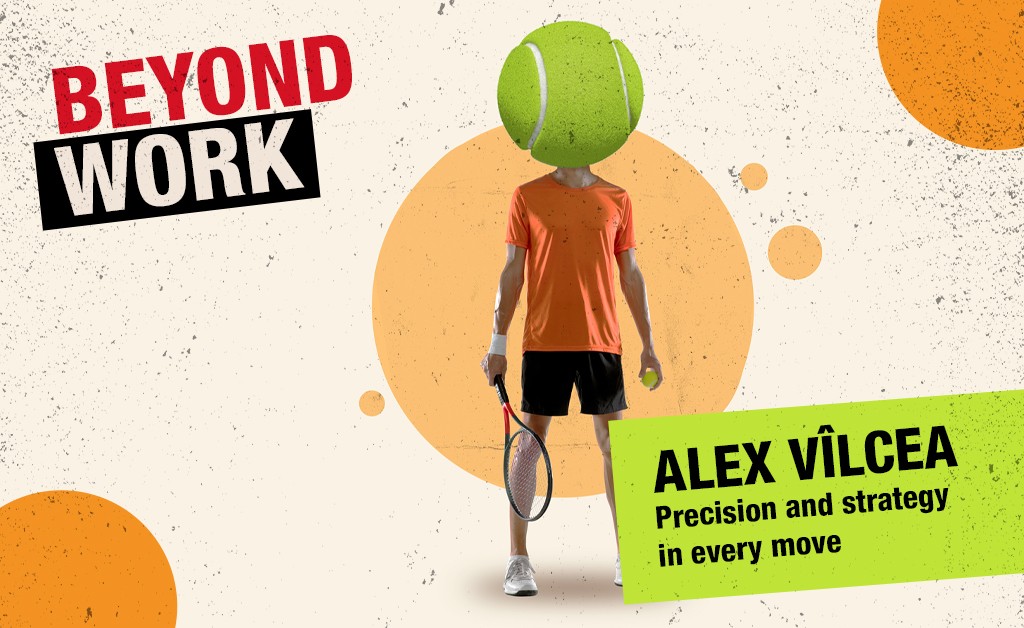
In 2024, the press in Romania and around the world has consistently published headlines describing a global IT market under pressure.
What phenomena can we expect going forward, at the end of the year and in 2025? And what is Connections’ strategy in this market context? You can read more below, in an analysis by Bogdan Florea, leader of Connections Consult, one of the few Romanian IT companies listed on the stock exchange that continued to report growth in 2024.
Tech Industry Recalibration
“We are in a period where a great deal is happening at the geopolitical level, which is reflected in the economic sphere, and we are witnessing a reconfiguration of how business is done globally,” notes Bogdan. The tech industry is also going through a recalibration phase, driven by new technologies and digitalization plans, which sometimes put the profound transformation of organizational processes on a secondary level.
International Trends. What We Observe.
This orientation represents a trend of local protectionism aimed at controlling costs and quality, and brings increased local opportunities for IT players, believes Bogdan Florea.
Tech providers will need to focus intensively on creating added value, developing intellectual property, experimenting with new technologies, and integrating them into research and development projects; therefore, on directions that capitalize on pure intelligence and not just cost differences or arbitrage between two regions based on salary costs.
A Long-Term Vision for Innovation and Adaptability
In this context, Connections focuses on optimizing internal resources and maintaining strict cost control, and the second half of 2024 confirms the effectiveness of its strategy.
“As the global economy and the IT market in Romania transform, we are adjusting our strategies to remain competitive and capitalize on new opportunities. With a clear vision of the need to reinvent ourselves and add value to every project, we continue to build a strong and trusted position for the long term,” says Bogdan.
To ensure this stability, Connections has built a pipeline of opportunities for the next two years to solidify its position as a stable and trusted partner, capable of adapting to market changes.
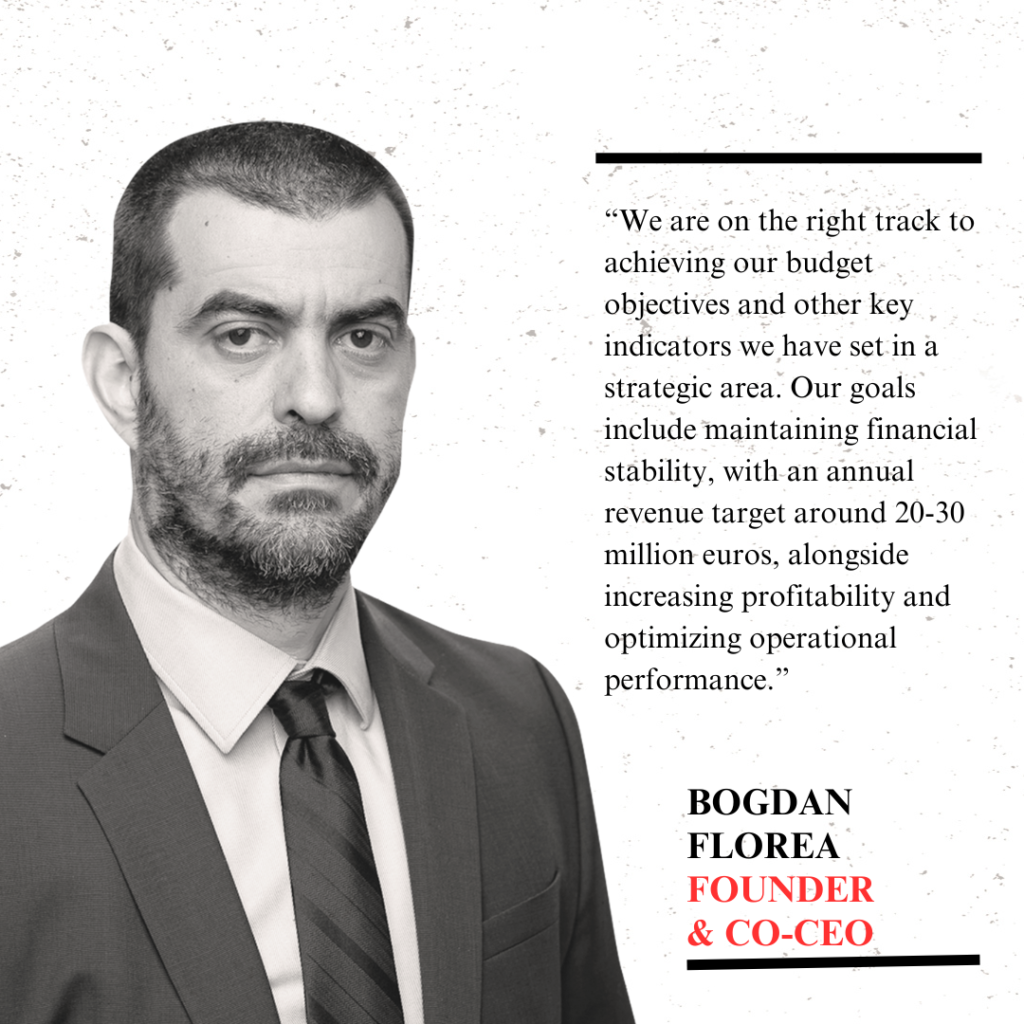
Details about the financial results recorded by Connections Consult (CC) in the first half of 2024 and its growth strategy are available here and here.
The next financial communication planned by CC is the 2024 Preliminary Annual Report.

